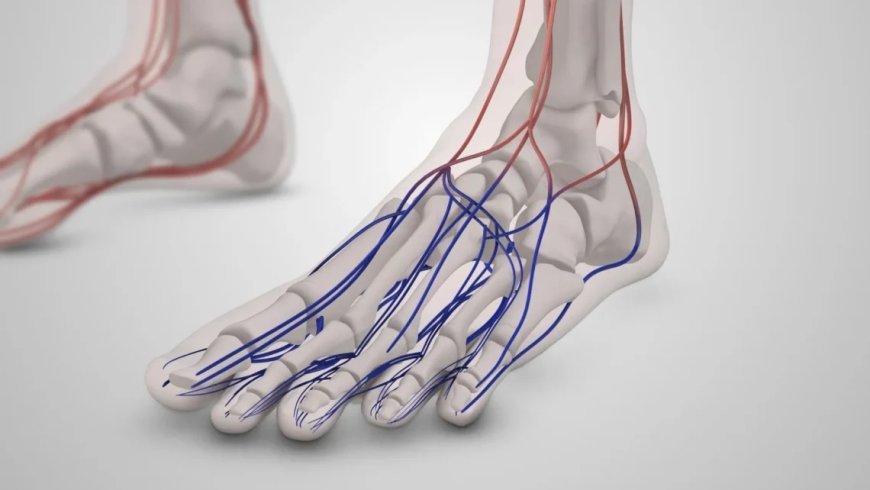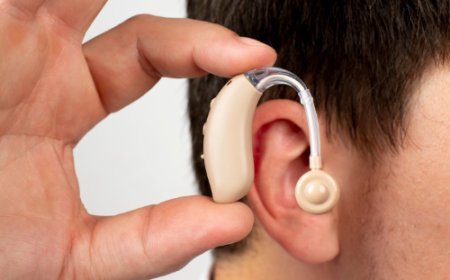Reversing Foot and Leg Pain with Nerve Decompression Surgery

Nerve decompression surgery may serve a vital role in helping you with your nerve symptoms in the feet and lower extremities. In this blog we will expose the reasons why many of you are not aware that nerve decompression surgery in the lower extremities can relieve you of your symptoms from diabetic and not diabetic neuropathy and from restless legs. Many patients have enjoyed reversal of diabetic and non-diabetic neuropathy for approximately two decades and more recently, for restless legs. This blog will inform you about why nerve decompression surgery is an excellent option for you to consider.
What is nerve decompression surgery?
Many of you may know of someone, or possibly yourself, that has had low back surgery for nerve symptoms on the foot and legs, or surgery in the neck for nerve symptoms on arms and hands. These decompression surgeries are performed in the area where nerve branches exit the spinal cord. There may be a bulging disc or bony protrusions that put pressure on the affected nerve branches as they exit the spinal cord.
We can categorize nerve decompression surgery into two categories:
- Spinal surgery
Spinal surgery is a type of decompression surgery that addresses the pressure on a nerve as it leaves the spinal cord and then travels into the legs or arms.
- Peripheral nerve surgery
Peripheral nerve surgery needs surgeries that involve the arms and legs that address the peripheral nervous system.
What are the symptoms that will require nerve decompression surgery?
- Muscle weakness – Some people may have weakness on the muscles of arms and hands, and for others there could be weakness in the lower extremities, such as drop foot where patients experience weakness with the ability to pull their foot up towards them or move their foot away from the opposite foot.
- Nerve pain – Patients may also have nerve pain, such as burning, tingling and numbness. In patients that are experiencing restless legs, they may note uneasiness or nervousness in their legs that gives them the urge to get up and move. If they’re sleeping or laying down, they may also experience creeping, crawling sensations, or involuntary jerking. These symptoms can cause severe sleep disturbances.
Nerve decompression surgeries have one thing in common there is too much pressure on the nerve!
Why is this important?
There are many negative effects of having too much pressure on the nerves, but we will share two of the most common ones.
- Lack of nutrients to the nerve may occur as it is thought that proteins in the spinal cord transport nutrients from the spinal cord into the extremity through the nerve. This is called axoplasmic flow. Nerves may not get adequate inflow of nutrition or outflow of toxins because of too much pressure on the nerves.
- Blood flow – compression of the nerve may cause restriction on blood flow thereby having a negative effect on the health of the nerve. Decompression surgery can relieve this pressure and thereby improve symptoms and health of the nerve.
The history of nerve decompression surgery in the upper extremity versus the lower extremity
One of the most common surgeries performed in the upper extremity is surgery to relief pressure on the median nerve, commonly referred to as carpal tunnel surgery for carpal tunnel syndrome. There are other nerve tunnel surgeries performed in the upper extremity that may involve the cubital tunnel which may be putting pressure on the ulnar nerve in the elbow region.
Historically when searching medical literature, it is important to note that evaluation and surgical treatment of high peripheral nerve tunnels in the upper extremities has preceded the same treatment options in the lower extremity by 30-40 years. The first discussion of surgery for carpal tunnel syndrome was in the 1920s. The first discussion of surgical treatment of the same nerve tunnel in lower extremity called the tarsal tunnel was first described by Dr. Keck in 1962. Many of these nerve tunnels in the lower extremity have minimal post-operative down time.
The background of nerve decompression in the lower extremity
Dr. Lee Dellon, a professor of neurosurgery and plastic surgery at Johns Hopkins, has played a major role in advancing the concept that nerve decompression procedures can be an option to those who are suffering from diabetic and non-diabetic neuropathy. More recently, it has become apparent that restless legs syndrome may also be reversed with nerve decompression procedures in the lower extremity.
Why are you not hearing about lower extremity nerve decompression surgery?
Two reasons:
- Nerve decompression procedures for neuropathy go back approximately 20-25 years and restless legs approximately 10 years, making them newer concepts.
- As of yet, there is no collaborative effort that is profitable for any company in the healthcare industry to accelerate nerve decompression surgery in the lower extremities.
For example,
- Pharmaceutical treatments – pharmaceutical companies dominate the narrative and the training of doctors to prescribe drugs for nerve symptoms such as neuropathy and restless legs. The treatment options for neuropathy and restless legs are primarily taking medications, and although they may have positive effects, they can have negative side effects such as gaining of as much as 15 lbs or more in weight.
- Treatment of the lower back – currently, many healthcare providers address lower extremity nerve symptoms with evaluation and treatment of back. This may include chiropractic treatment, physical therapy treatment, injections and surgery. Medical device companies create instruments used for spinal fusions and nerve stimulators which can help increase their profitability and promote their usage.
The basics – Lower Extremity Decompression
There are five (5) primary nerve tunnels from the knee down that mirror the nerve tunnels in the upper extremity. For example, the tarsal tunnel in the lower extremity that is causing burning, tingling, and numbness on the bottom of the foot is like the carpal tunnel in the hand that put pressure on the median nerve causing burning, tingling, and numbness in the palm of the hand. Another example is the common peroneal nerve in the lower extremity causing nerve symptoms on the front of the leg and top of the foot and may also cause drop foot is like the ulnar nerve in the elbow which is sometimes referred to as cubital tunnel.
What follows is the list of the 5 primary tunnels in lower extremity:
- Common peroneal nerve – this is the main branch of the sciatic nerve that travels around the outside of the leg and supplies the front the leg and top of the foot
- Superficial peroneal nerve – this is a branch of the common peroneal nerve that has the nerve tunnel in the lower 1/3 of the leg.
- Deep peroneal nerve – this is a very small nerve tunnel that is on top of the foot in the mid-arch area towards the 1st and 2nd toes.
- Soleal sling tunnel – the other branch of the sciatic nerve is called the tibial nerve and just behind the knee joint on the upper calf is the soleal sling tunnel. It is like the pronator teres in the upper extremity.
- Tarsal tunnel – this is a nerve tunnel on the inner side of the ankle that is like the carpal tunnel in the hand that causes symptoms on the bottom of the foot.
If you are interested in learning and exploring more about how you may benefit from nerve decompression surgery, you may visit The Association of Extremity Nerve Surgeons website.
What's Your Reaction?




























































